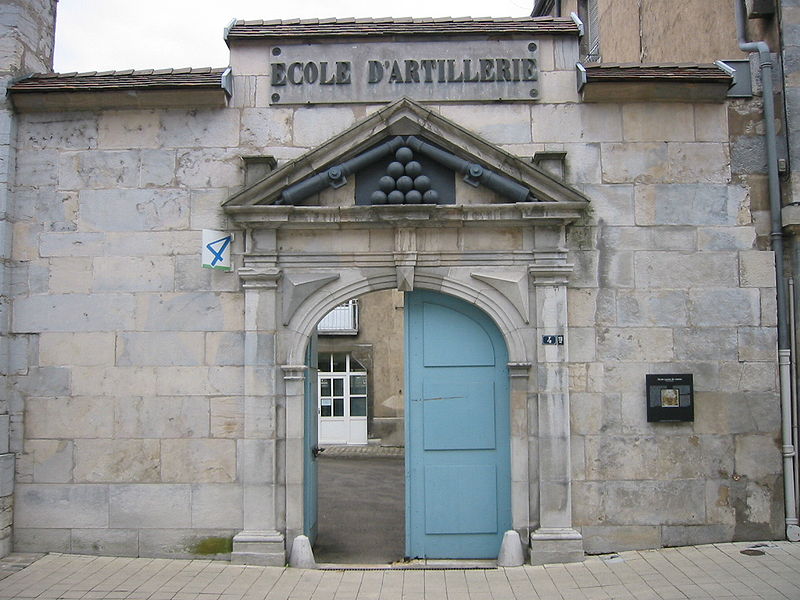- About MAA
- Membership
- MAA Publications
- Periodicals
- Blogs
- MAA Book Series
- MAA Press (an imprint of the AMS)
- MAA Notes
- MAA Reviews
- Mathematical Communication
- Information for Libraries
- Author Resources
- Advertise with MAA
- Meetings
- Competitions
- Programs
- Communities
- MAA Sections
- SIGMAA
- MAA Connect
- Students
- MAA Awards
- Awards Booklets
- Writing Awards
- Teaching Awards
- Service Awards
- Research Awards
- Lecture Awards
- Putnam Competition Individual and Team Winners
- D. E. Shaw Group AMC 8 Awards & Certificates
- Maryam Mirzakhani AMC 10 A Awards & Certificates
- Two Sigma AMC 10 B Awards & Certificates
- Jane Street AMC 12 A Awards & Certificates
- Akamai AMC 12 B Awards & Certificates
- High School Teachers
- News
You are here
Francois-Joseph Servois: Priest, Artillery Officer, and Professor of Mathematics - Military Career
In 1793, Servois left the priesthood and joined the army to become an officer in the Foot Artillery, sometimes referred to as Heavy Artillery. On March 5, 1794, he officially entered the artillery school at Châlons. He was commissioned as Second Lieutenant in the First Foot Artillery Regiment on November 13 of the same year.
While in the army, Servois was actively involved in battle many times. He participated, for instance, in the crossing of the Rhine and the battle at Neuwied (1796-97), and the final battle in March of 1814 to defend Paris from the Austrian and Prussian armies. Figure 4 (page 5) displays a painting of the 1814 Battle of Paris.
While on active duty, Servois would spend his leisure time studying mathematics. He demonstrated his mathematical abilities when he made improvements to one of the cannons, significantly increasing its firing range. Servois suffered from poor health during his years serving as an officer. These circumstances prompted him to seek a non-active military position as a professor of mathematics.

Figure 2. The Artillery School in Besançon (public domain)
On July 7, 1801, Servois was assigned to his first academic position, as a professor at the artillery school located in Besançon, thanks to a recommendation from Adrien-Marie Legendre (1752-1833). During the Napoleonic period, Servois was on faculty at several artillery schools, including Besançon (1801), Châlons (March 1802 - December 1802), Metz (December 1802 - February 1808, 1815-1816), and La Fère (February 1808-1814, 1814-1815).
Salvatore J. Petrilli, Jr. (Adelphi University), "Francois-Joseph Servois: Priest, Artillery Officer, and Professor of Mathematics - Military Career," Convergence (November 2010), DOI:10.4169/loci003498




